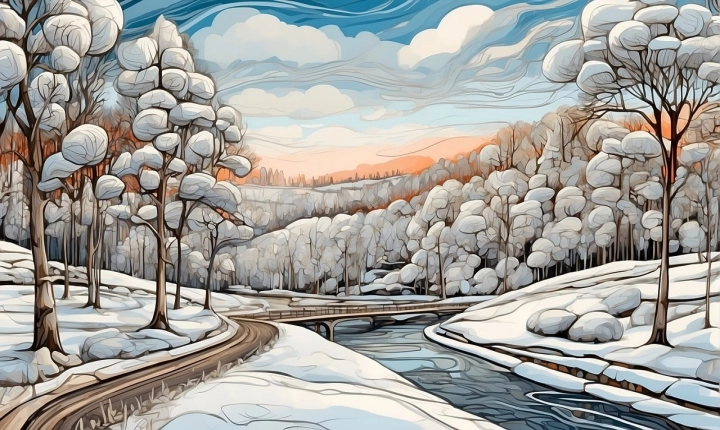Title: Exploring the Capabilities of DALL·E AI for Creative Expression
In recent years, there has been a significant advancement in artificial intelligence (AI) capabilities, especially in the field of image generation. One such breakthrough is OpenAI’s DALL·E, a neural network that can generate images from textual descriptions. This AI model has sparked a considerable amount of interest and excitement in the creative and technical communities, as it opens up new possibilities for visual expression and design.
DALL·E, named after the surrealist artist Salvador Dalí and the Pixar robot character WALL·E, uses a technique called “text to image synthesis” to understand and interpret textual input and generate corresponding visual outputs. This means that users can input a detailed description of an image they want to create, and DALL·E will generate a unique image that closely matches the given description. Its capabilities range from creating detailed renderings of ordinary objects to generating abstract and imaginative compositions based on textual prompts.
One of the most fascinating aspects of DALL·E is its potential to revolutionize the creative process. Artists, designers, and creative professionals can leverage this AI model to explore, iterate, and expand their visual concepts. By simply describing their ideas in words, they can quickly generate visual representations to serve as a starting point for further refinement.
Moreover, DALL·E’s ability to understand and process specific details and relationships within a given description makes it a valuable tool for conceptualizing and prototyping designs. It can be particularly useful in fields such as graphic design, architecture, and interior design, where visualizing concepts and communicating ideas effectively are crucial.
However, it is important to note that the ethical and legal implications of utilizing AI models like DALL·E in creative practice cannot be overlooked. Questions surrounding intellectual property rights, plagiarism, and the ethical use of AI-generated content must be addressed as these technologies become more integrated into creative workflows.
Furthermore, while DALL·E has demonstrated impressive capabilities, it is not without limitations. The generated images may not always match the exact interpretation of the textual input, and the model may produce unexpected or nonsensical results. Therefore, it is important for users to understand the nuances of working with AI-generated content and to exercise discernment in the creative process.
As with any emerging technology, the potential applications of DALL·E will continue to evolve as the field of AI research progresses. It is crucial for creators and innovators to critically engage with these advancements, exploring the opportunities while also being mindful of the challenges and considerations that come with integrating AI into their practices.
In conclusion, DALL·E represents a significant leap forward in AI-driven creativity and opens up new possibilities for visual expression and design. By harnessing the power of text to image synthesis, creatives can explore novel ways of conceptualizing, prototyping, and visualizing their ideas. As the creative community embraces and adapts to these technological advancements, it is essential to approach their usage with ethical awareness and critical inquiry, ensuring that they are harnessed responsibly and in a manner that aligns with ethical and legal standards.
